Exterior Check
Clean the external surface of the valve regularly to remove dust, oil, rust and other impurities.
Carefully check the valve body, bonnet, flange and other parts of the valve for signs of cracks, deformation or damage.
Check the connection parts of the valve, such as whether the bolts at the flange connection are loose, detached or corroded, and whether the gaskets at the connection parts are intact.
Observe whether the operating parts of the valve such as hand wheel, handle or electric actuator are damaged, deformed or missing.
Sealing check
For the stem sealing part of the valve, to check whether there is any medium seepage, you can apply a small amount of leakage detection liquid around the stem and observe whether there are air bubbles.
Check whether there is leakage at the flange connection of the valve, the same can be used to detect leakage liquid, observe whether there are bubbles coming out of the edge of the flange.
For globe valves and gate valves, you can close the valve, and then observe whether there is media flow downstream of the valve to determine the internal leakage.
For ball valves and butterfly valves, you can initially determine the internal leakage by checking whether the position indicator is accurate after the valve is closed.
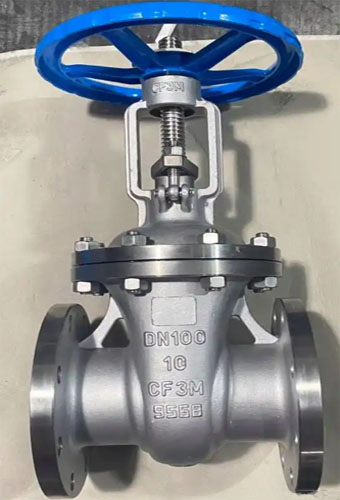

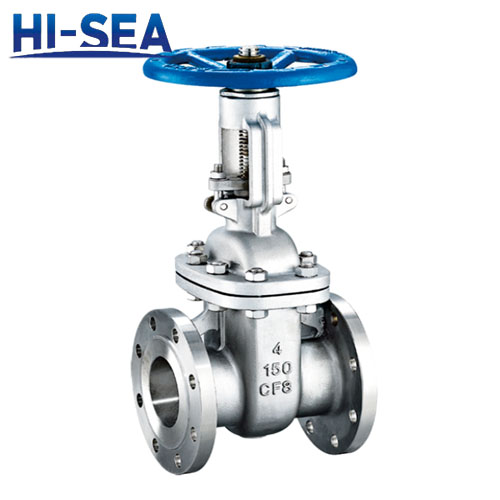

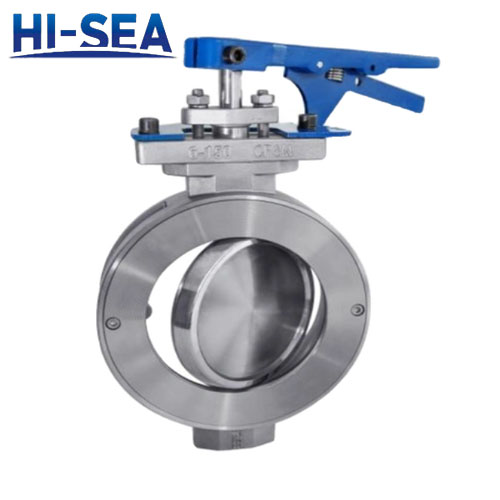
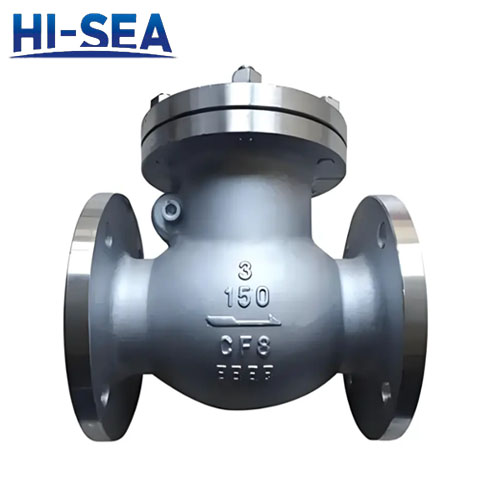
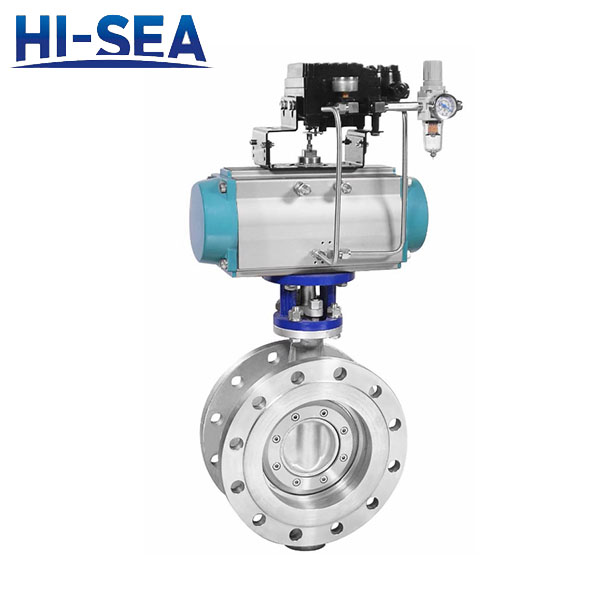
 API valve maintenance points
API valve maintenance points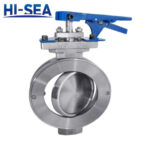 API Butterfly Valve Sealing Form
API Butterfly Valve Sealing Form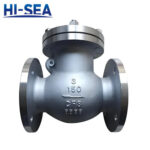 What are the technical requirements of API valves?
What are the technical requirements of API valves?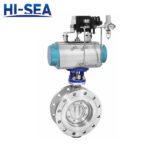 API 598 Testing Requirement
API 598 Testing Requirement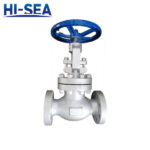 Inspection Standard of API Valves
Inspection Standard of API Valves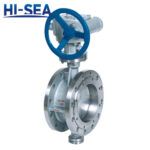 Performance of API flange butterfly valve
Performance of API flange butterfly valve